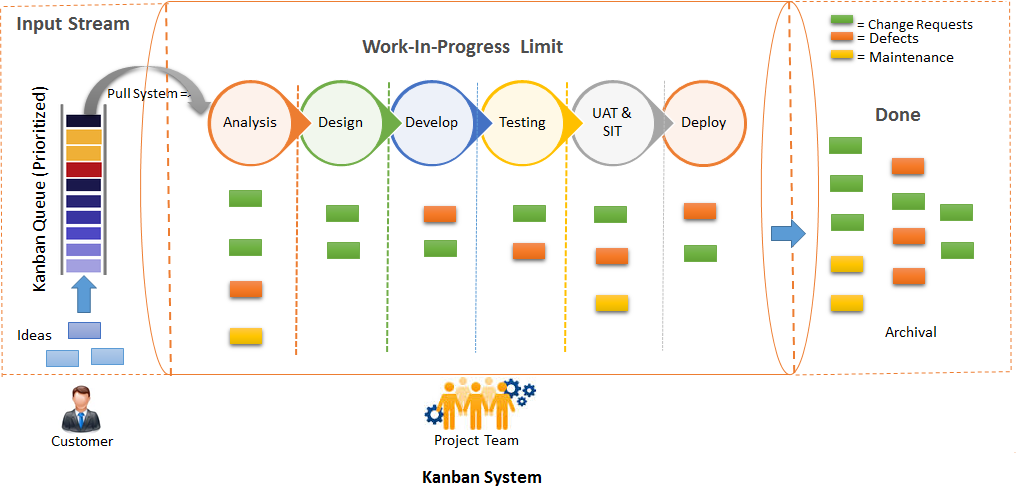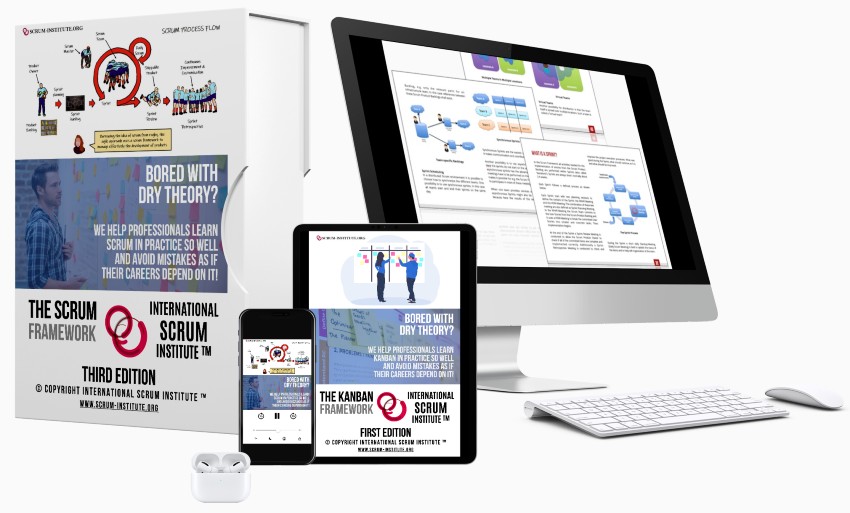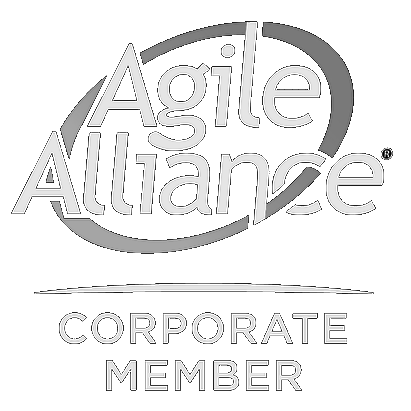Visualize Your Workflow With Kanban
Let's talk about the significance of visual components in our lives. Human beings love visual elements. Our brains capture more information from one single picture than multiple pages of text. Furthermore, we can process visual elements far faster than words.
30% of our brain neurons participate in the task of visual perception. In contrast, only 8% of brain neurons are active for hearing, and 3% of them are functioning for our touching sense.
Furthermore, when we look at visual components, our brains are able to process numerous pieces of information concurrently. Our brains can process visual elements around 60,000 times faster than it processes textual elements.
Visual data such as images, graphics, illustrations, infographics are a significant relief for our brain in information overload of our personal and business lives. The reason behind much faster and efficient visual processing is pretty simple. Threats in the ancient world were visible things, not memorandums, protocols or other documents.
The Kanban framework utilizes the Kanban board to make its workflow visible and transparent.
The way the Kanban board was set should enable proper planning, visualization, delivery of work, the continuous improvement of the workflow, and the individual performance of Kanban team members.
How You Visualize Your Kanban Workflow
Visualization of your workflow and processes can become quite a daunting task. That is especially true if your organization used to tolerate intransparent work among different silos of matrix organizational structure so far.
Some people can be quickly frustrated by the number of activities that goes into building your product or service. They may think that it's not very easy to visualize their workflows in the first place, so they give up. Doing the work, but not being able to visualize it. Go and figure...
Nonetheless, the following four steps will help you visualize your workflow and build your first Kanban board.
- Step 1: Identify the scope of your process you would like to visualize.
- Step 2: List the steps that get into your process, which creates outcomes such as products and services.
- Step 3: Transform steps of your process into lanes of your Kanban board.
- Step 4: Get back to work, experiment with, visualize and improve your Kanban workflow.
During this process, bear in mind that your visualization should cover the following items:
- Acceptance Criteria of business demands coming from the upstream work center before they can be taken into the Kanban workflow.
- Explicit policies which are similar to Definition of Done's (DoD). These will guide the Kanban team while their works flow from the left side to the right side of their Kanban board throughout various steps of development and delivery phase.
- Explicit policies to limit Work In Progress (WIP)
- Definition of Done (DoD) of Kanban team's deliverables before they can be dispatched to the down-stream work center.

Visualize Your Workflow With Kanban
(The Kanban Framework Uses The Kanban Board To Visualize The Workflow)
Share It With Your Colleagues and Friends to Help Them Learn:
Visualize Your Workflow With Kanban
|
|

|

|

|

|
|
 SCRUM INSTITUTE™
SCRUM INSTITUTE™






